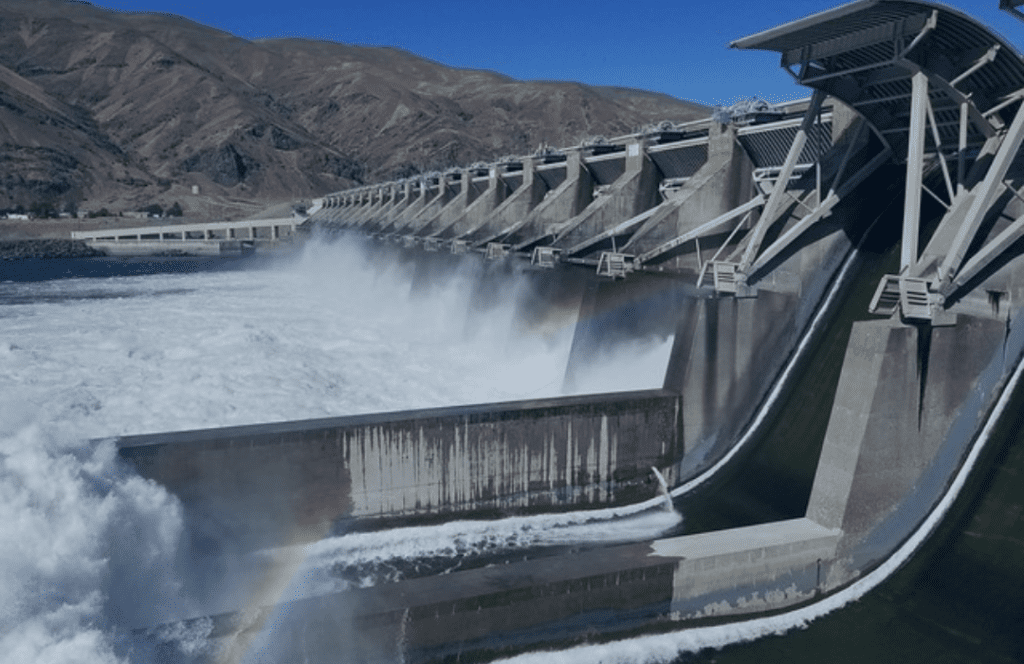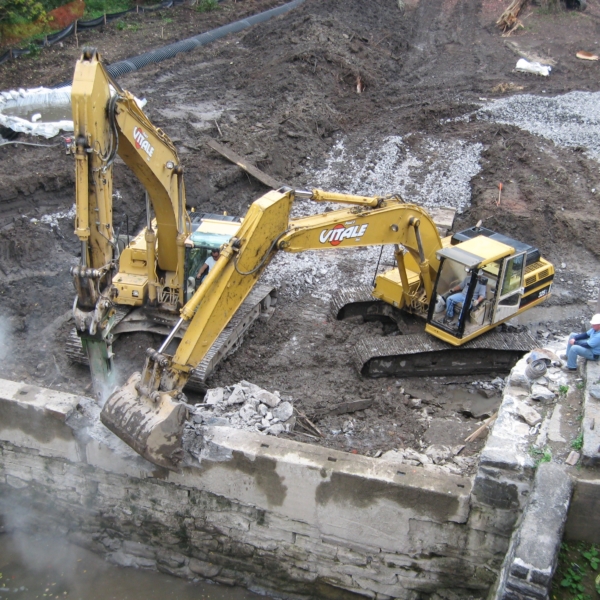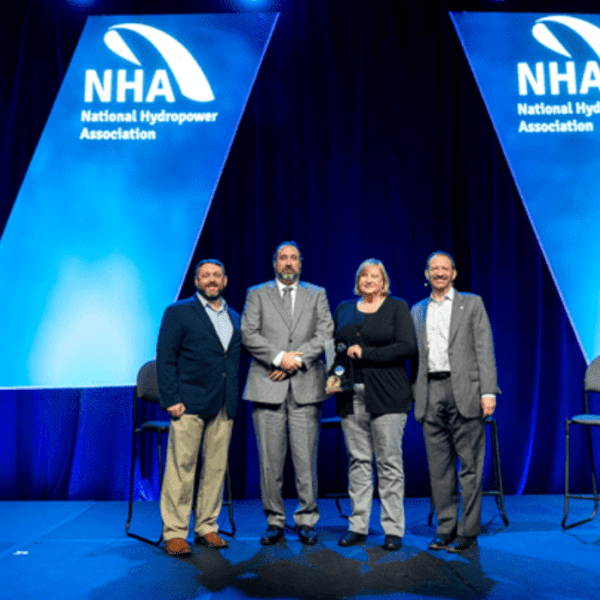Three years ago, NorthWestern Energy’s 48-MW Holter hydropower project in Montana celebrated its 100th year in service. The longevity and durability of Holter, however, doesn’t make it an outlier within the hydropower industry. Facilities throughout the United States and Canada that brought electricity to local communities, like Tennessee Valley Authority’s 126-MW Norris Dam completed in 1936, are still providing clean energy to this day. Hydropower infrastructure has proven to be an investment that pays dividends for the many generations to come.
Ensuring this existing valuable infrastructure continues to perform as efficiently and as safely as possible is an important mission in the industry and should be a part of President Biden’s newly proposed American Jobs Plan.
WHY IT MATTERS
On March 31, 2021, President Joe Biden released his Administration’s American Jobs Plan, an infrastructure package that encourages the development of clean energy. The plan calls for the United States to “Invest resources wisely to deliver infrastructure projects that produce real results.” Hydropower is a perfect example of how the United States has invested resources wisely to deliver infrastructure projects that continue to produce real results.
In the United States, according to a report by the National Renewable Energy Laboratory (NREL), the hydropower industry boasts approximately 66,500 U.S. jobs, 26.9% of which come from the manufacturing sector.
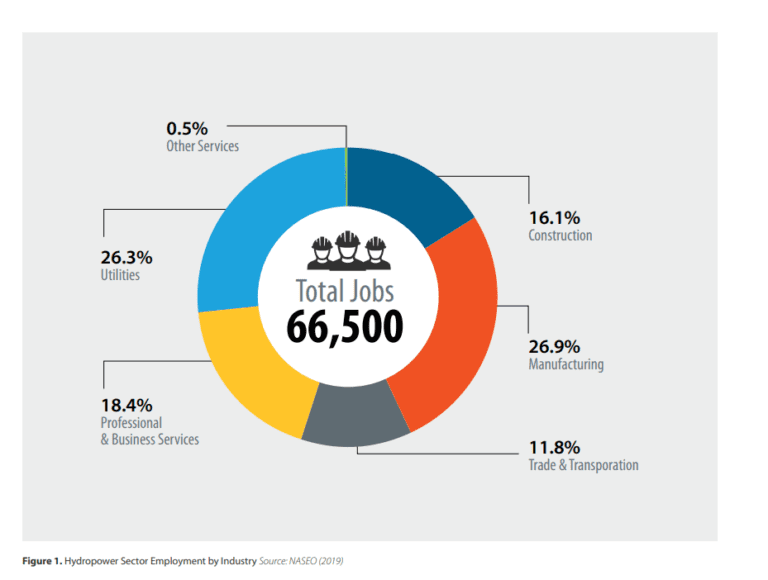
If the federal government invested in rehabilitating and modernizing the existing hydropower fleet, that jobs number would increase and the portfolio of hydropower infrastructure could be optimized and modernized, adding as much as 6.3 GW of new capacity, according to the U.S. Department of Energy.
DEEP DIVE
The U.S. Department of Energy Hydropower Vision report offered a pathway for tapping into hydropower’s potential to increase installed capacity by nearly 50 GW by 2050, which would spur the creation of over 195,000 jobs throughout the nation. 6.3 GW alone could come from upgrades on existing hydropower facilities.
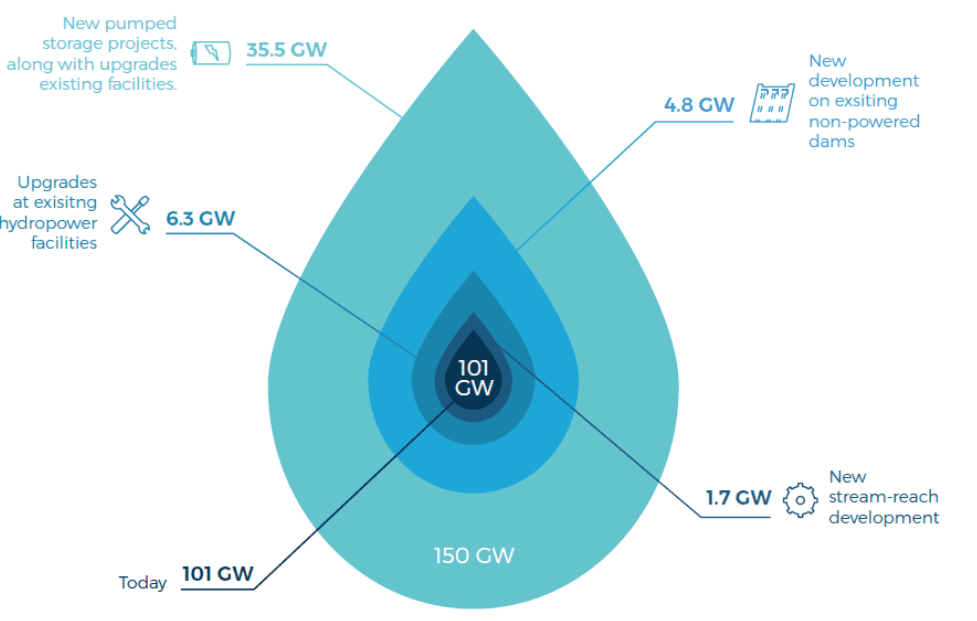
Indeed, the aging U.S. federal hydropower fleet offers an opportunity to enhance the efficiency of its facilities and provide an increased amount of clean energy generation. For example, as it stands, the average age of U.S. Army Corps of Engineers hydropower facilities is over 50 years, while the Bureau of Reclamation hydropower projects is over 60 years.
At the same time, over 300 non-federal facilities with the capacity to generate 12 GW of hydropower are up for Federal Energy Regulatory Commission license renewal over the next decade.
In both instances, project improvements, such as equipment upgrades that increase generation and/or efficiency and environmentally friendly turbines, are important to protecting the existing fleet and the clean energy future.
WHAT’S NEXT?
Beyond maintaining existing infrastructure, a final infrastructure plan most go further; employing new and innovative solutions.
Tapping into the 6.3 GW capacity upgrades on existing hydropower facilities is just the start. We can also incentivize the installation of state-of-the-art systems, like environmentally friendly turbines, that otherwise may not be economically feasible for operators.
And, in addition to providing a robust investment in the existing federal hydropower fleet, the Biden Administration and Congress can put in place tax incentives to spur investments in dam safety, environmental improvements, and grid flexibility. This approach would not only create well-paying manufacturing and construction jobs, but would strengthen our existing hydropower assets.



